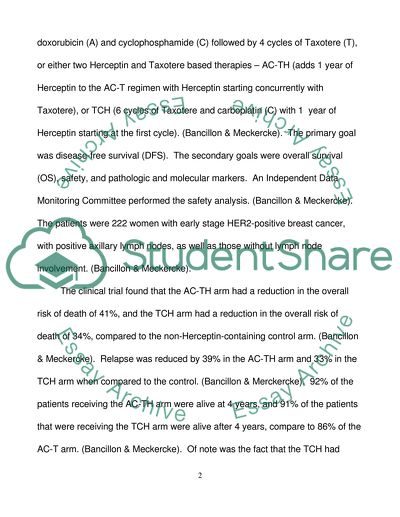Cite this document
(Topical Issues of Medicine and Pharmacology Assignment - 1, n.d.)
Topical Issues of Medicine and Pharmacology Assignment - 1. Retrieved from https://studentshare.org/health-sciences-medicine/1738885-pharmacology
Topical Issues of Medicine and Pharmacology Assignment - 1. Retrieved from https://studentshare.org/health-sciences-medicine/1738885-pharmacology
(Topical Issues of Medicine and Pharmacology Assignment - 1)
Topical Issues of Medicine and Pharmacology Assignment - 1. https://studentshare.org/health-sciences-medicine/1738885-pharmacology.
Topical Issues of Medicine and Pharmacology Assignment - 1. https://studentshare.org/health-sciences-medicine/1738885-pharmacology.
“Topical Issues of Medicine and Pharmacology Assignment - 1”, n.d. https://studentshare.org/health-sciences-medicine/1738885-pharmacology.


